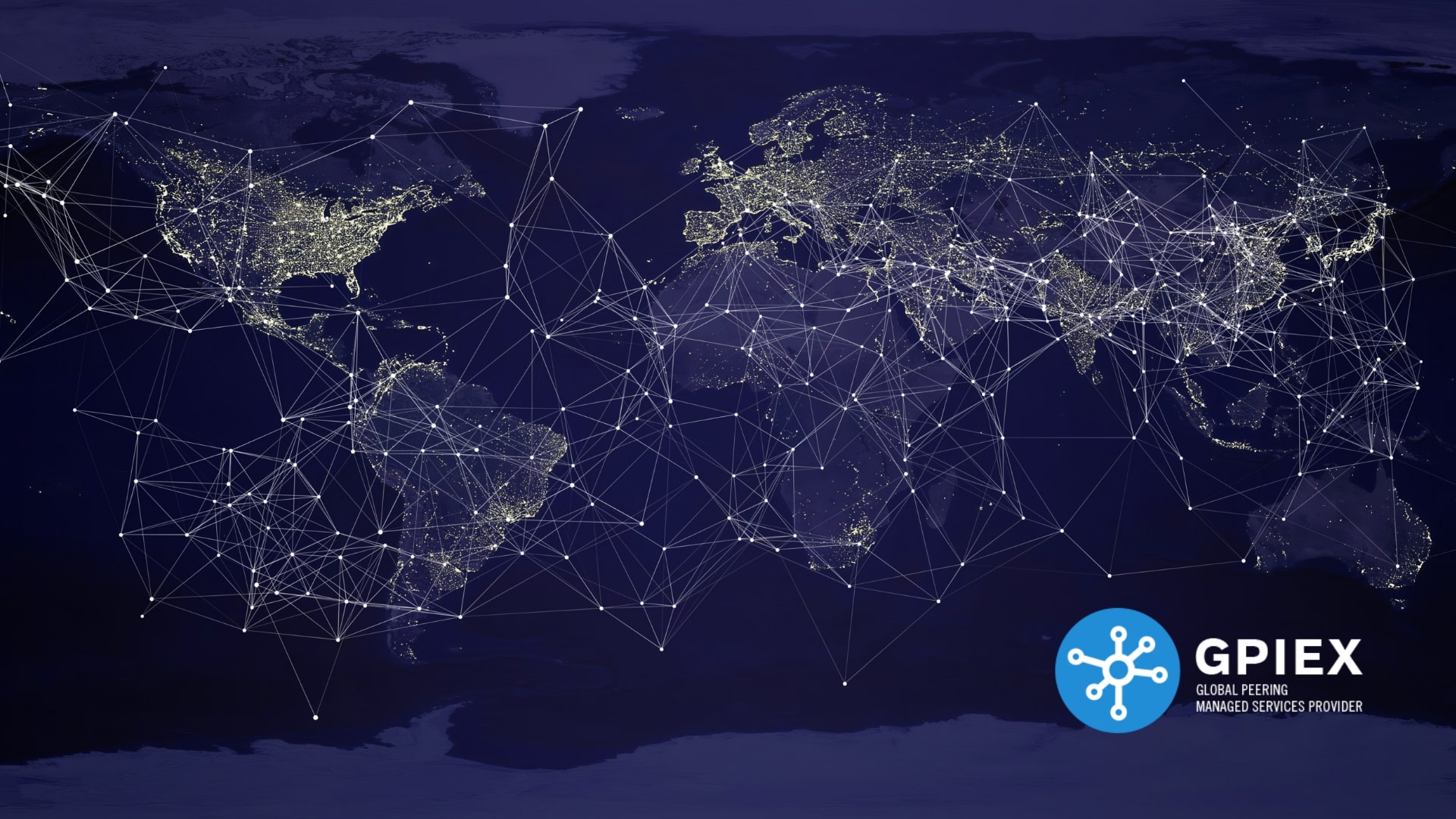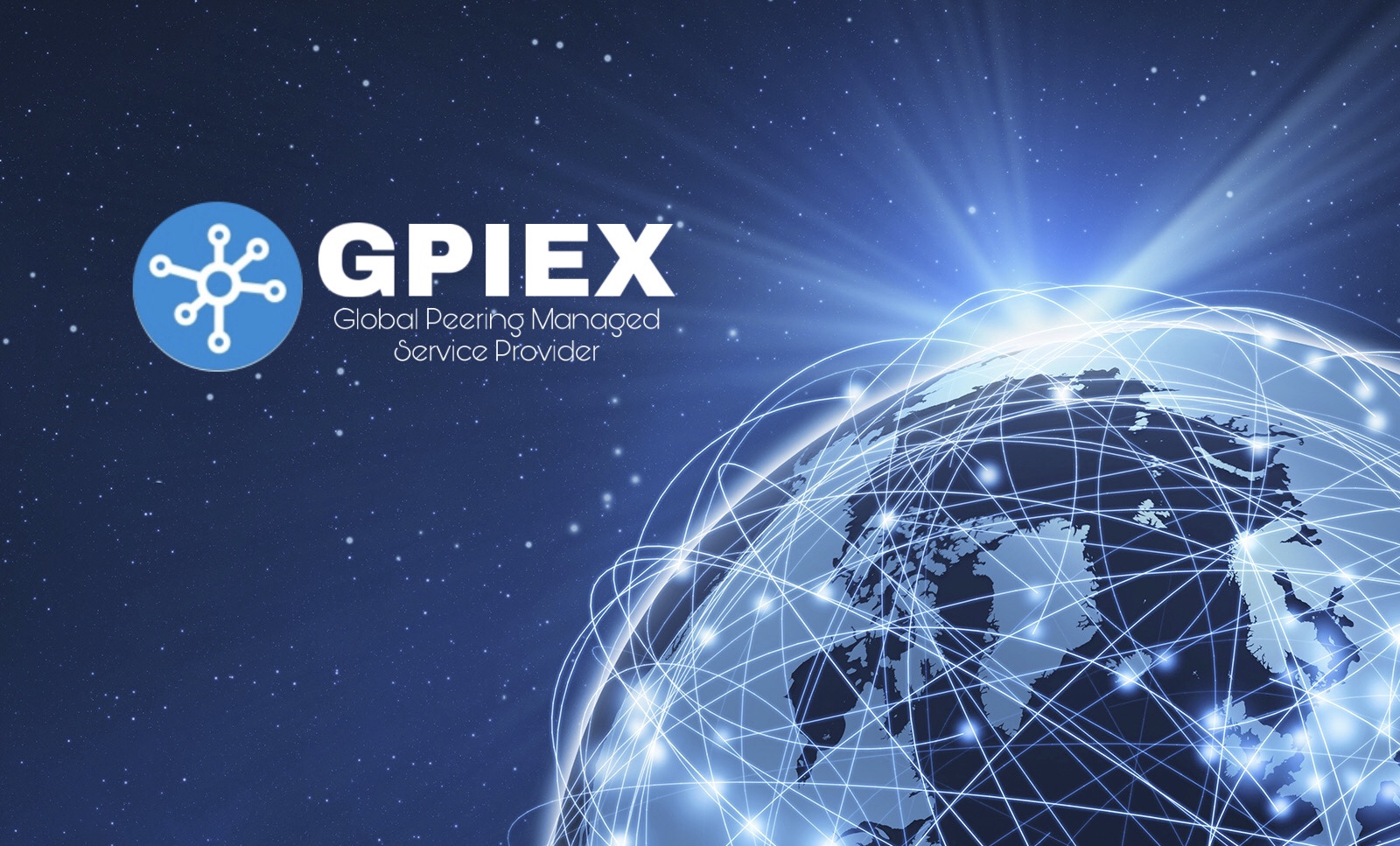Connect to hundreds of networks around the globe in a single place with GPIEX powerful solutions.
The IT world is filled with many confusing terms. These terms are often as dense and varied as the environment that surrounds them. For example, Peering, at first glance, sounds like a reference to individuals that belong to the same group, and it does. As far as data centers go, Peering is the interconnection of internet networks. This allows the sharing of data traffic between them. The platforms where these networks connect to each other are called peering exchange points, or IXP (Internet Exchange Point). Peering exchange allows networks to share the workload, effectively improving their traffic. Companies like GPIEX, a global peering managed service provider, that offers peering solutions, have gradually become a necessity.
Why is it a good idea to Peer?
Let’s start with the basics, the need to save money. Corporations and businesses need to up their income, and the shortest way is by saving costs. Peering reduces the bandwidth costs that would otherwise increase as time passes by. The more clients a company handles, the higher the IP costs will become, but peering saves the day by sharing with other networks. Not only will they save, they will also have a larger control over their virtual operations, as they can decide with whom to peer and what kind of information traffic flows through their network. If they choose to peer locally, then their connection and response time greatly increases. There’s an old saying about time being gold, and when it to comes down to network speeds, it could never be truer.
Peering Advantages
Other peering benefits include:
- IP transit cost reduction: IP cost are minimized as networks purchase less bandwidth from their telecom provider.
- Faster connections: as traffic jumps from one network to the other, the increasing number of connections free up space. This effectively allows smoother traffic for all networks.
- User experience improves: Peering creates a shorter route for data to travel. Much like the distance traveled by car, the shorter the route the better; and in the case of data transfer, as travel distance shortens, response time increases.
- Diversity: providers allow for access to more than one ISP (Internet Service Provider) or more than one network. The more options at your disposal, the greater your options at distribution solutions.
- Speed increment: Peering through providers, like GPIEX, allow for faster uploads and downloads. Since peering also reduces IP costs, this means the prices of these providers are also affordable.
- Client Outreach: By enabling you to connect to another network, or even several, peering service providers allow access to new clients and markets around the world.
- Increased capacity: Distributing traffic over several different networks increases the work power of all them.
- More than one solution: Adding one or more pathways for data flow increases exponentially the solution capacity of networks and avoids probable bottlenecks that might slow down data transfer.
As you can see, Peering Exchange has always been beneficial and a great option for everyone involved. Build your digital infrastructure where it can scale to match your opportunities, succeed in every step of the way with GPIEX powerful solution.





